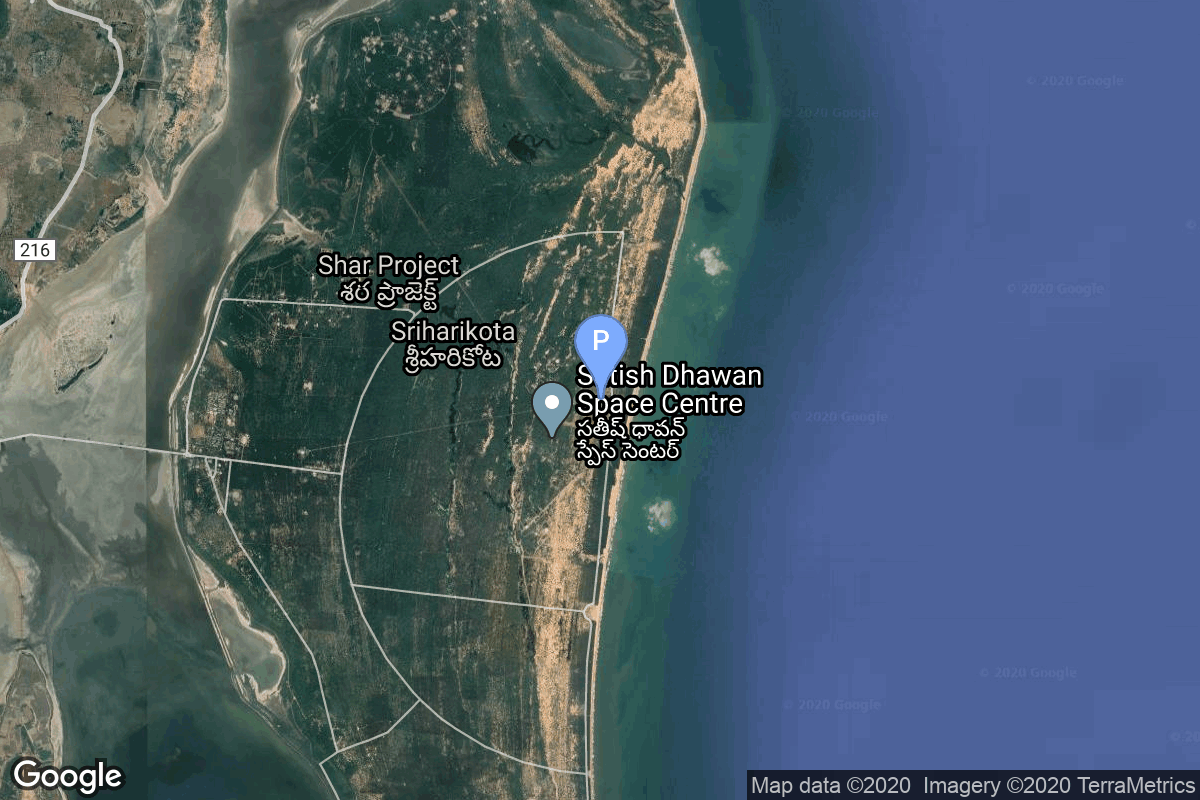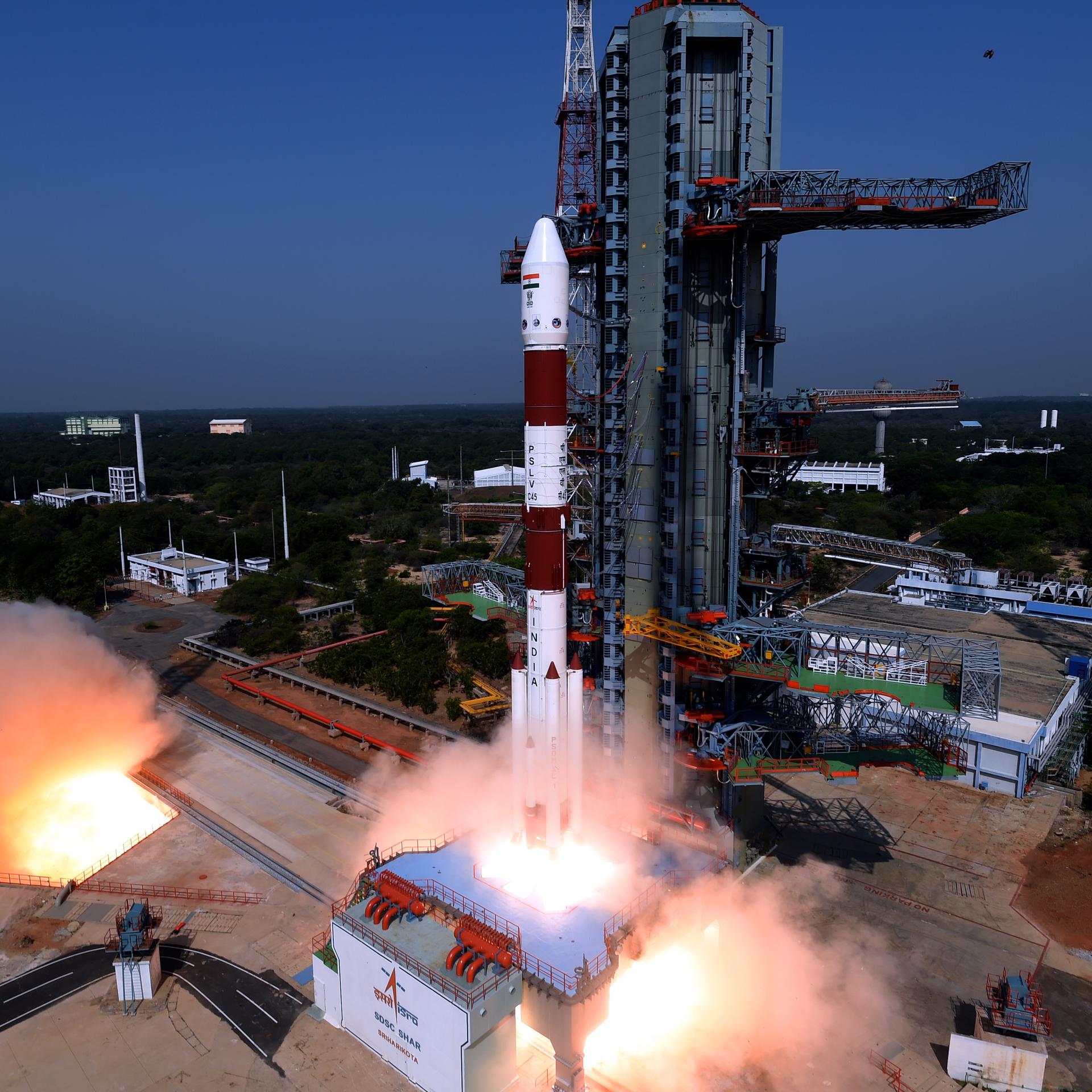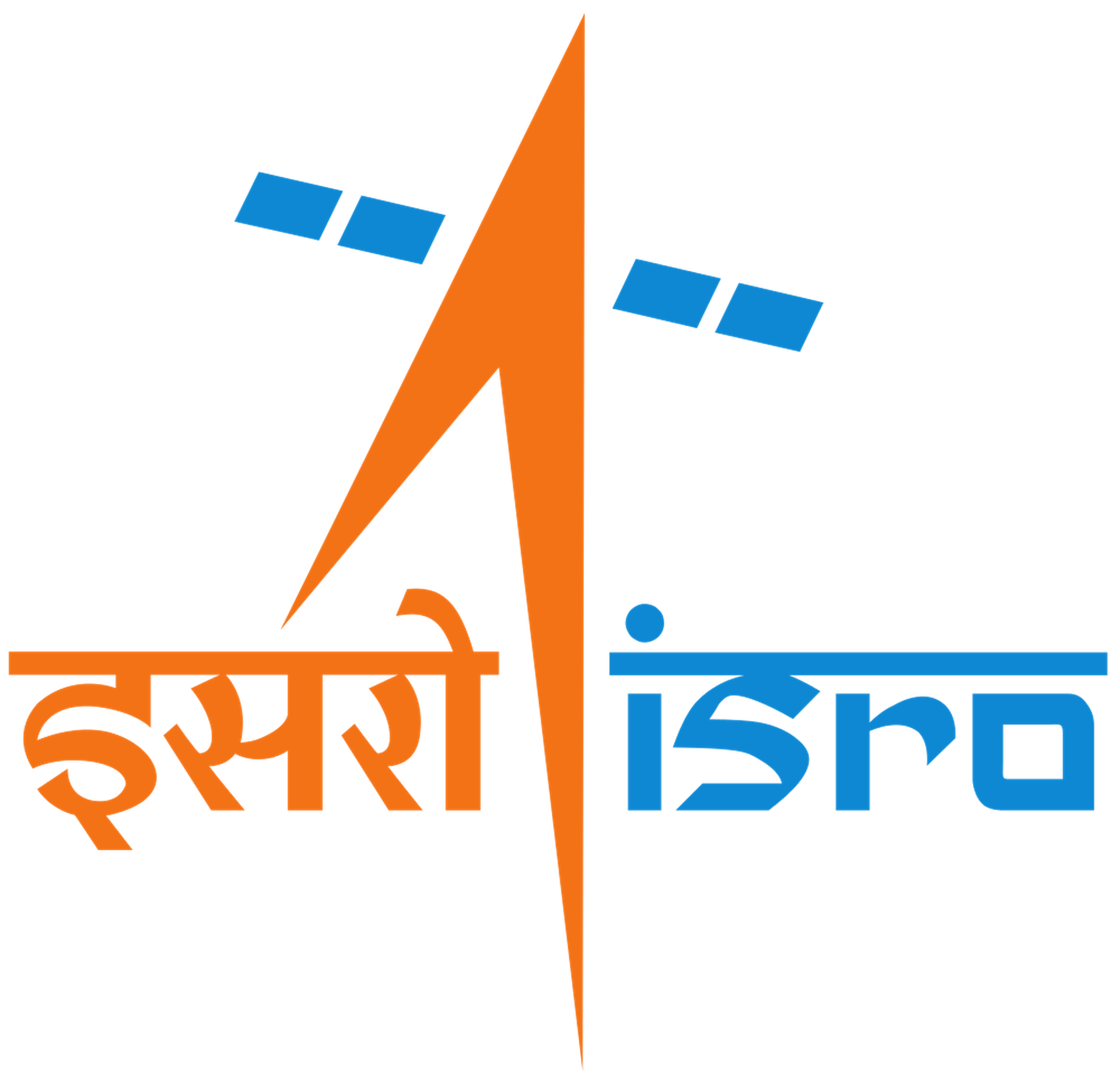TES
PSLV
Indian Space Research Organization
Mission
TES
- Type: Earth Science
- Orbit: Sun-Synchronous Orbit
- Launch Cost: $21,000,000
Technology Experiment Satellite (TES) is Indian remote sensing and photo-reconnaissance satellite. The 1108 kg satellite carries a one-meter resolution panchromatic camera is an experimental satellite to demonstrate and validate, in orbit, technologies that could be used in the future satellites of Indian Space Research Organisation (ISRO). It was successfully placed in 572 km Sun-synchronous orbit on 22 October 2001 using the PSLV-C3. The PSLV-C3 also injected two more satellites: PROBA, a Belgian satellite and BIRD, a German satellite.
Location
Satish Dhawan Space Centre First Launch Pad
Satish Dhawan Space Centre, India
Satish Dhawan Space Centre First Launch Pad has witnessed the launch of 58 rockets, including 57 orbital launch attempts, while Satish Dhawan Space Centre, India, has been the site for 94 rocket launches.
Rocket
Indian Space Research Organization PSLV
The Polar Satellite Launch Vehicle (PSLV) is an expendable medium-lift launch vehicle designed and operated by the Indian Space Research Organisation (ISRO). It was developed to allow India to launch its Indian Remote Sensing (IRS) satellites into sun-synchronous orbits, a service that was, until the advent of the PSLV in 1993, commercially available only from Russia. PSLV can also launch small size satellites into Geostationary Transfer Orbit (GTO).
Agency
Indian Space Research Organization
The Indian Space Research Organisation (ISRO) is the space agency of the Government of India headquartered in the city of Bangalore. Its vision is to “harness space technology for national development while pursuing space science research and planetary exploration.”


